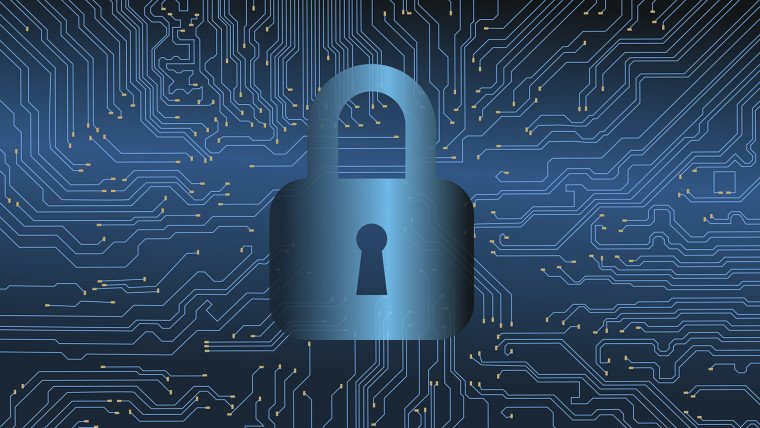Managed Detection and Response: Strengthening Cybersecurity Frameworks

In the face of escalating digital threats, Managed Detection and Response (MDR) has emerged as a critical component of effective cybersecurity strategies. While individual security tools, such as firewalls and endpoint protection systems, play vital roles in safeguarding organizations, they often operate in isolation. This lack of integration can create vulnerabilities, leaving gaps where cyber threats can flourish. MDR provides a cohesive framework that ties together various security technologies, teams, and tactics, offering organizations a unified approach to detecting and responding to cyber threats.
Understanding the Role of MDR in Cybersecurity
MDR fundamentally transforms how organizations manage their cybersecurity by consolidating disparate tools into a single, coordinated defense strategy. Rather than juggling multiple disconnected systems, organizations leveraging MDR benefit from enhanced visibility and faster threat detection. MDR platforms gather data from various security tools, allowing analysts to gain a comprehensive understanding of the network landscape. This integrated approach not only accelerates the identification of threats but also streamlines the response process, reducing the potential impact of incidents.
A core function of MDR is its proactive threat detection capabilities. Unlike traditional security tools that rely on known signatures, MDR analysts actively hunt for threats by analyzing behavioral patterns. This technique enables the identification of sophisticated attacks that may evade conventional detection methods. By focusing on behaviors rather than signatures, MDR can uncover unknown threats that other systems might miss.
Rapid response is another critical advantage of MDR. Once a threat is detected, immediate containment actions are initiated, such as isolating suspicious endpoints and terminating malicious processes. This swift action can be the difference between a contained incident and a significant data breach. The ability to investigate the scope of incidents quickly further informs recovery efforts and regulatory compliance.
The Integration of Security Tools and Continuous Monitoring
MDR excels at connecting tools like Endpoint Detection and Response (EDR), Security Information and Event Management (SIEM), and Threat Intelligence. EDR focuses specifically on endpoint devices, monitoring them for signs of suspicious activity, while SIEM collects and aggregates logs from various systems. However, SIEM requires human analysis to interpret the data effectively. Threat Intelligence adds context to known threats but can generate noise without proper integration.
MDR bridges these gaps, facilitating a seamless flow of data between systems. Analysts utilize human judgment alongside threat intelligence to create a comprehensive security picture. This synthesis of information allows organizations to identify threats that might go unnoticed when relying solely on individual tools.
Furthermore, playbook automation within MDR platforms orchestrates responses across multiple tools, enabling coordinated actions that occur in seconds rather than hours. This level of automation significantly enhances an organization’s response capabilities, ensuring that threats are addressed swiftly and efficiently.
While periodic audits have been standard practice for many organizations, they often fail to detect threats in real-time, revealing vulnerabilities only after damage has occurred. Continuous monitoring, on the other hand, allows for immediate detection and intervention. This proactive approach identifies emerging threat patterns and enables organizations to mitigate risks before they escalate.
Continuous monitoring not only enhances security but also simplifies compliance with regulatory requirements. By providing ongoing documentation of security efforts, organizations can demonstrate their commitment to maintaining robust cybersecurity measures.
MDR also offers a scalable solution for organizations of all sizes. Small businesses, which may lack the resources to establish dedicated security operations centers (SOCs), can leverage MDR to access enterprise-level detection and response capabilities. Mid-size businesses can enhance their existing security teams by utilizing MDR for advanced threat hunting and investigation. Large enterprises can benefit from MDR’s specialized expertise, which is often in short supply.
The growing importance of integrated cybersecurity strategies underscores the effectiveness of MDR. By unifying various security layers into a cohesive defense system, organizations can better protect themselves against modern threats. The ability to coordinate disparate tools not only enhances detection and response but also provides a return on investment that justifies the adoption of MDR solutions.
In a landscape where digital threats continue to evolve, adopting an MDR approach is essential for organizations aiming to build lasting cyber resilience. The transition from a collection of tools to a unified, coordinated security framework allows organizations to achieve measurably better security outcomes. The time to embrace a comprehensive cybersecurity strategy is now, as the stakes have never been higher.






